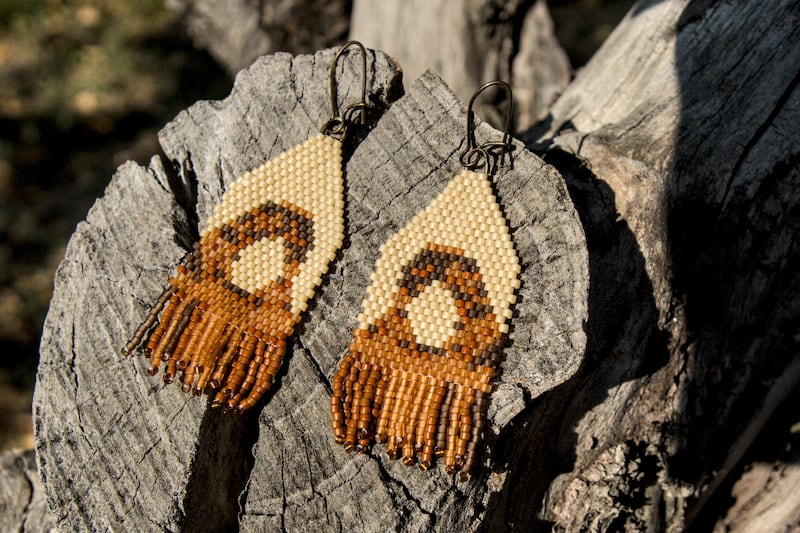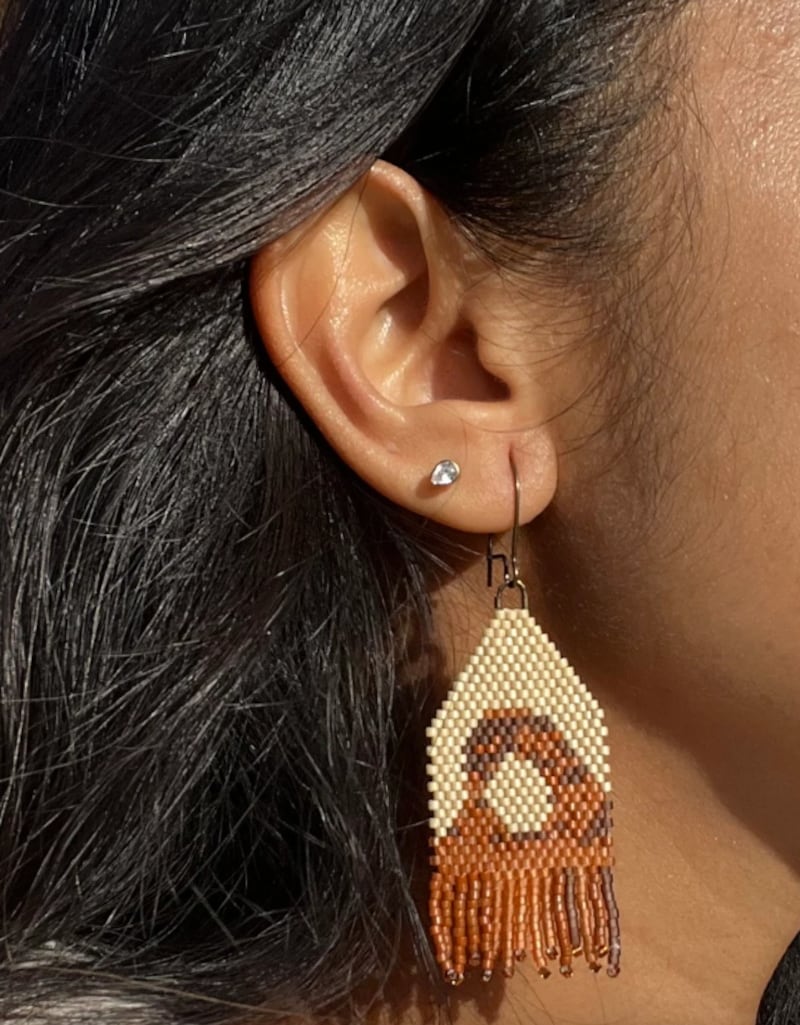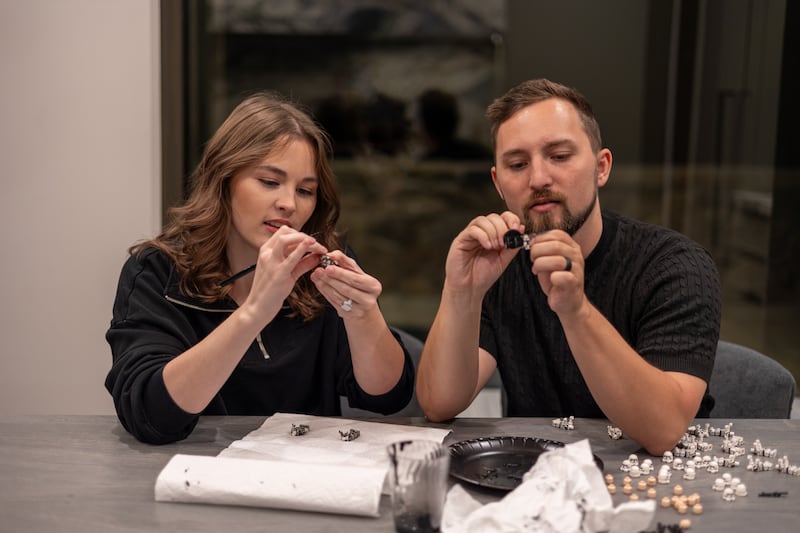This story appears in the November issue of Utah Business. Subscribe.
Smaller, craft-based businesses have many available avenues for selling products: farmer’s markets, social media, personal web pages. Etsy has long been an easy-to-use online storefront option for creators, but is it still as useful as it once was?
YES
Jill Arada | WasabiiArtistry
On Etsy for two years

“The Etsy platform is great for being found by search engines, and that exposes my work to a large audience. Etsy tells me how often my products appear on Google and how my ads — which I do pay for — are performing. That saves me the hassle of dealing with SEO and complicated Google Ad campaign settings. That visibility and the simplicity of Etsy handling it, for me, was a really good starting point.
When it comes to users searching on the website itself, Etsy tells me what people are searching for and where my listings rank. This helps me know what words I should add to my listings to do better.
The original appeal of selling on Etsy — as opposed to Fulfillment by Amazon (FBA), which I also considered — is that Etsy is the place for the handmade pieces I create, and FBA is for selling mass-produced items.
Recently, Etsy has been trying to compete with Amazon and [has started] allowing in that mass-production stuff, undercutting many handmade sellers. I get that Etsy wants to make a profit, but they need to find a balance. If they do, it will continue to be a good option for smaller sellers.”

McKenzie Paxton | MSPaxtonFineArt
On Etsy for six years

“As an artist, it’s important to have my work in a lot of different places. I paint for galleries, shows and commissions and need to be online, too. But I’m also a mom and don’t have time to deal with everything involved with maintaining a website. I like that Etsy handles all that for me and is so low maintenance. The Etsy app is good and makes it really easy to process orders, which is another thing I wouldn’t have time for if I had to work it all out on my own.
I took a workshop from an experienced seller on how to improve my store, and her advice made a difference. Maybe it’s because I don’t do enough, but I don’t find Etsy’s marketing to be as helpful as other sellers do. If an influencer posts about a painting of mine and tags me, my sales will spike, but that’s the only time I see that happen.
I do get frustrated when I see sellers of low-quality art somehow doing really well on Etsy. I assume they’ve figured out how to hack the system. If I were more competitive, I’d probably spend time figuring that out, too.”

NO
Gavin Lawrence | RepublicCustomsStore
On Etsy for less than a year

“Large Etsy sellers have access to resources that we — running a small, brother and sister side gig — don’t. They can hit levels of scale we only could by making this a full-time thing.
The big sellers can buy in bulk, so their costs are much lower than ours. We can’t afford to, so our margins are really tight. They say you need to offer 150 different products in your store to break through the noise. If we offer less, we don’t sell well. If we offer more, we don’t sell very many of each item, hurting our margins even more.
Recently, a competitor popped up — drop-shipping from China, direct to the customer’s door, adding no value. Etsy eventually shut them down, but not until they’d done $250,000 in sales. It feels like Etsy’s only offering token resistance to those sellers.
It’s very challenging to be a small seller on Etsy, but at the end of the day, we’re happy with the success we’ve had. We’re also on Shopify, but the majority of sales come from Etsy, and that’s all because of its built-in customer base. We’d not have achieved even our relatively small volume without it, so we’ll stay.”

Trevor Nicolaides | TheFlyTyGuy
On Etsy for two years

“If you have a lot of money to spend on ads on the Etsy platform, you’ll do well. Maybe even really well. If you don’t, you’ll have to work hard to capture the business that’s going to go elsewhere, most likely to competitors with access to more resources.
[Fly tying] is one of the few industries that’s not been fully automated. It must be done by hand. That means I’m not competing with cheap flies made by a machine in China. The closest thing is factory-tying operations in Sri Lanka or Pakistan, but they’re not selling on Etsy. Instead, I’m going up against sellers who’ve been at it longer than me and have larger followings, which means they can advertise more and grow their following.
Shopify, the main competitor, charges a flat monthly fee, whereas Etsy charges for listings and takes a commission on each sale. That feels more in alignment with my business, so I intend to stay on [Etsy] — unless a better alternative comes along.”


